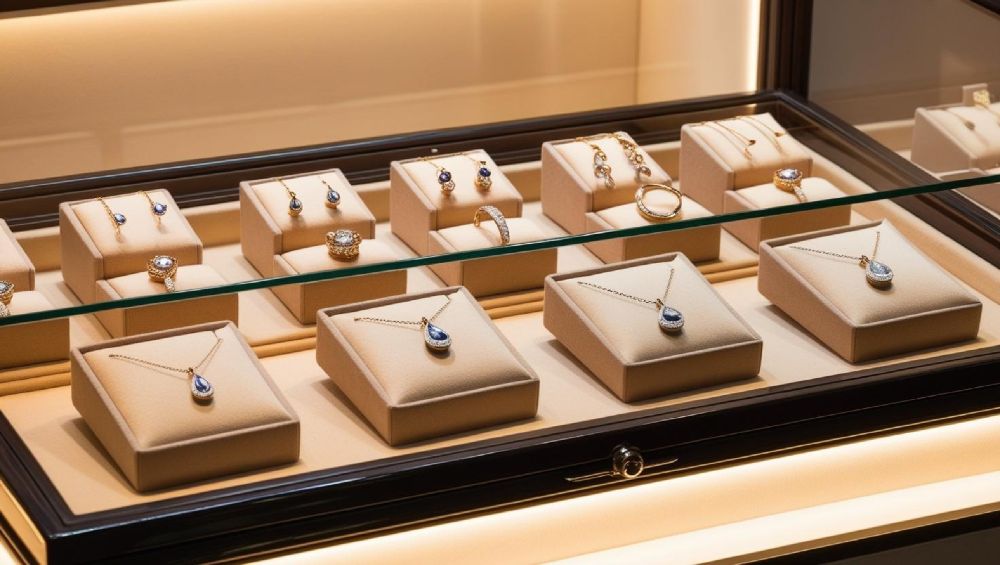 Fine jewelry is more than a beautiful accessory—it’s often an investment or a cherished heirloom. However, improper storage can lead to one of its biggest enemies: tarnishing. If you’ve ever pulled out a silver necklace to find it dull or discolored, you know the struggle. The good news? With the right storage techniques, you can keep your jewelry looking brilliant for years to come.
Fine jewelry is more than a beautiful accessory—it’s often an investment or a cherished heirloom. However, improper storage can lead to one of its biggest enemies: tarnishing. If you’ve ever pulled out a silver necklace to find it dull or discolored, you know the struggle. The good news? With the right storage techniques, you can keep your jewelry looking brilliant for years to come.
1. Why Does Jewelry Tarnish?
Tarnishing is a natural chemical reaction that happens when metals—especially silver—come into contact with moisture, sulfur, or air pollutants. Even the oils from your skin or exposure to cosmetics can speed up the process.
2. Use Anti-Tarnish Bags or Pouches
Store each piece in a soft, anti-tarnish bag made of treated cotton or flannel. These pouches are specially designed to absorb moisture and neutralize tarnish-causing agents.
Pro tip: Avoid plastic bags unless they are labeled tarnish-resistant. Regular plastic traps moisture.
3. Keep Jewelry Dry and Cool
Moisture is the enemy of fine metals. Always store jewelry in a dry, cool, and dark place. Avoid bathrooms or areas with high humidity.
4. Use Compartmentalized Jewelry Boxes
To avoid scratches and chemical reactions between different metals, store jewelry pieces separately.
-
Choose a lined jewelry box with individual compartments.
-
Avoid letting pieces rub against each other—especially gold, silver, and gemstones.
5. Clean Before You Store
Always clean your jewelry before storing it—especially after wearing it. Sweat, oils, and makeup can all cause tarnish over time.
-
Use a gentle, non-abrasive cloth to wipe down each piece.
-
Avoid using tissue paper or paper towels—they can scratch the metal.
6. Don’t Store Jewelry in the Open Air
Exposing your jewelry to open air is one of the fastest ways to cause tarnishing. Always keep it enclosed—whether in a pouch, box, or drawer.
7. Rotate What You Wear
Wearing your jewelry regularly can actually help prevent tarnish, as the friction can keep it cleaner. But don’t forget to clean it regularly if it’s worn daily.
👑 Final Thoughts:
Storing your fine jewelry correctly doesn’t require a lot of effort, but it does make a huge difference. With a few simple steps—dry storage, individual compartments, and regular cleaning—you can preserve the brilliance of your favorite pieces for a lifetime.



 Fine jewelry is more than a beautiful accessory—it’s often an investment or a cherished heirloom. However, improper storage can lead to one of its biggest enemies: tarnishing. If you’ve ever pulled out a silver necklace to find it dull or discolored, you know the struggle. The good news? With the right storage techniques, you can keep your jewelry looking brilliant for years to come.
Fine jewelry is more than a beautiful accessory—it’s often an investment or a cherished heirloom. However, improper storage can lead to one of its biggest enemies: tarnishing. If you’ve ever pulled out a silver necklace to find it dull or discolored, you know the struggle. The good news? With the right storage techniques, you can keep your jewelry looking brilliant for years to come..jpg)
